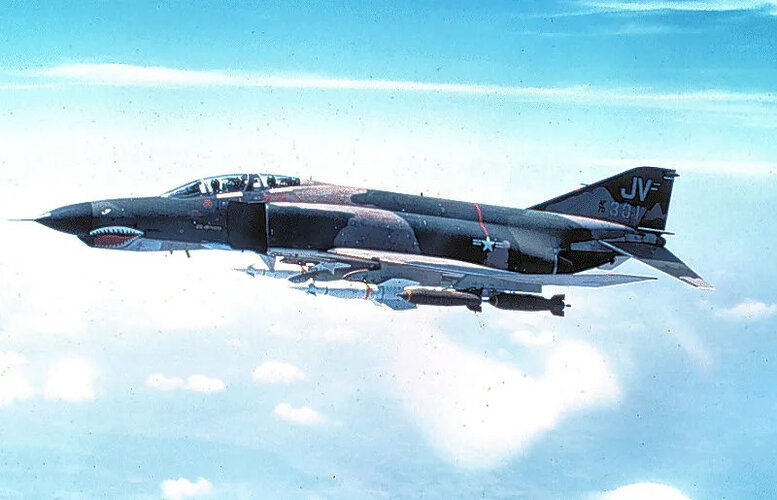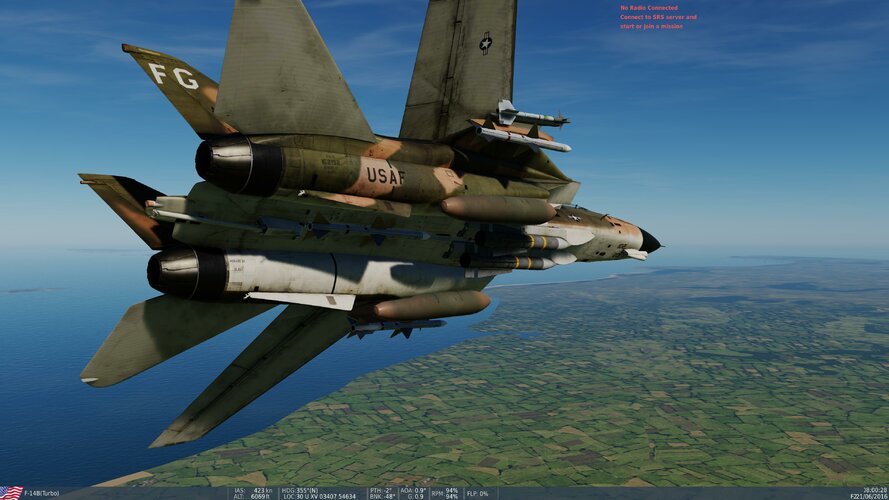There are some important differences here though...Like Kaiserd said, the TF41 was a licensed produced Spey. UK Phantoms, F-4K and F-4M, replaced the J79 with an afterburning Spey. That had 20,500 lbs of thrust, about the same as the TF30 in the F-14. So there was not much benefit to be gained after spending all the money that would be needed to get it into the F-14. A better engine than the TF30, but not enough to jutify doing it. . Also, the Spey was "draggy". The UK found that although the extra thrust helped at takeoff and low speed acceleration, because of the drag rise as you went faster the Spey Phantoms lost out to the J9 powered Phantoms. Hindsight is usually 20-20; It's the general opinion in times since that putting the Spey into the Phantom wasn't that good an idea.I often wonder WHY didn't Allison tried to fill the TF30 / F401 void with their TF41. They had a golden opportunity to screw Pratt and G.E and take an important role as a USN engine supplier. Taking G.E OTL backup role with the F101 / F110.
The Spey was "draggy" in comparison to the J-79 because you had to increase inlet size by 20% to accommodate increased airflow.. you don't in this application as the airflow was nearly identical 263 vs 258, and the TF-41 with a reheater would be IIRC slightly shorter. A reheated TF-41 should get you about 26,000-28,000 pounds of thrust max with a dry thrust of 15,000 for 30 minutes and 12,950 continuous and be as easy a swap as it was for the A-7 and that was a substantial enough of an improvement that the TF-30 was dropped like a hot rock by the Navy for the A-7.
The big speed limiter on the F-4K was the material of the canopy.. it would get kind of melty beyond M 1.9.
EDIT: Damn 'Minnow posted with much of what I am saying while I was out having a smoke composing my rewrite... will leave the post... though I feel silly now.






